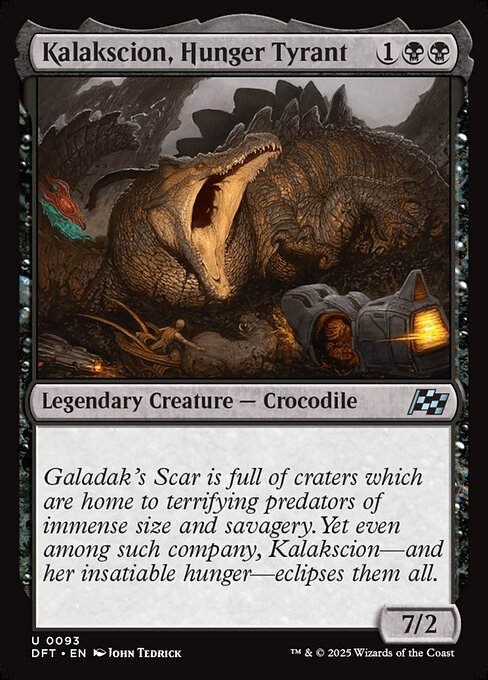Deck & Commander Strategies

Kalakscion, Hunger Tyrant
Mono-black infect and control, using infect creatures and removal spells to quickly reduce opponents’ life totals via poison counters, while maintaining board control.

Sundial, Dawn Tyrant
Mono-white token generation and board presence, producing multiple tokens to overwhelm opponents and defend against aggressive threats.
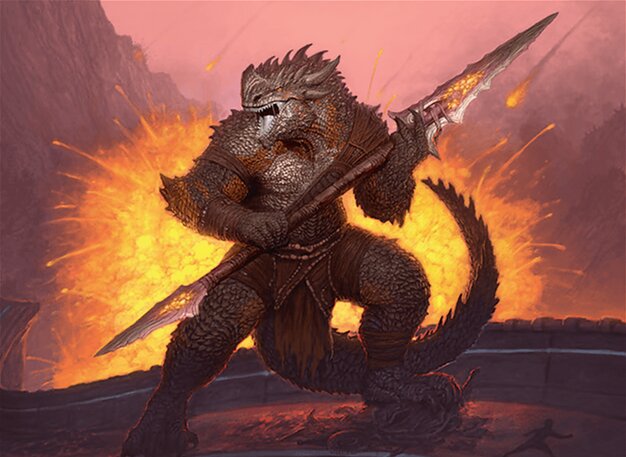
Tyrox, Saurid Tyrant
Aggro red focused on commander damage, leveraging aggressive creatures like Markov Blademaster to quickly deal direct damage and finish opponents.
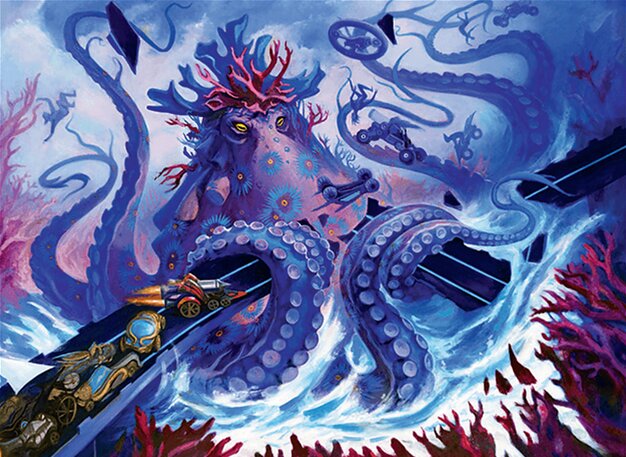
Caelorna, Coral Tyrant
Blue control and card advantage, reducing artifact costs to equip powerful equipment on the commander, enhancing its combat potential and survivability.
Gameplay Insights
- 1
The infect strategy forced players to shift their focus to removing the infect creature early, highlighting the threat of alternative damage mechanics in vanilla creature decks.
- 2
Utilizing equipment like Sword of Feast and Famine on the commander allowed blue to punch above its weight despite the lack of traditional synergy in the deck.
- 3
Token production from Hairparent created a significant defensive and offensive board presence, complicating the infect player's ability to deal poison damage.
- 4
Double strike on Markov Blademaster synergized well with aggressive red commander damage strategies, accelerating the damage output quickly.
- 5
Mana ramp cards like Walking Atlas and Sol Ring were crucial in accelerating deployment of threats and enabling explosive turns despite the vanilla nature of the decks.
Notable Cards
-
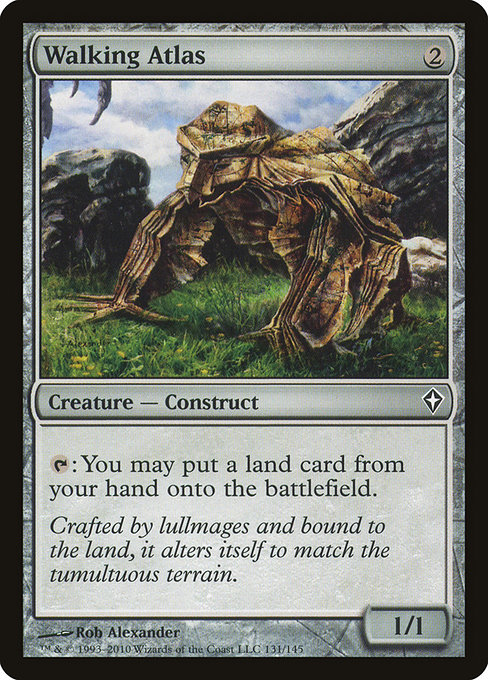
Walking Atlas
-

Sol Ring
-
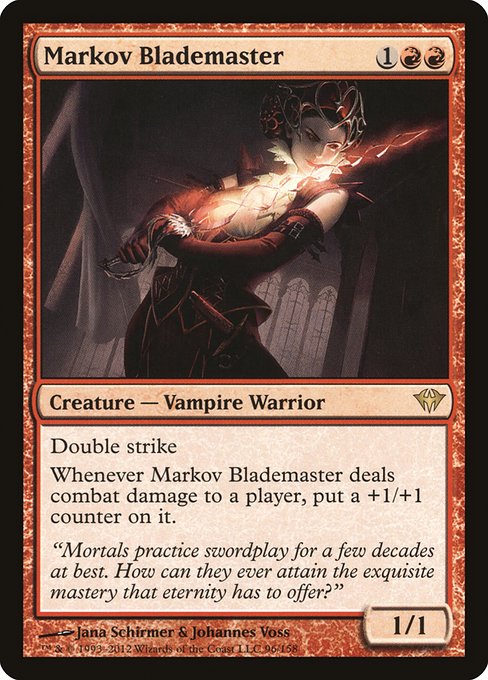
Markov Blademaster
-
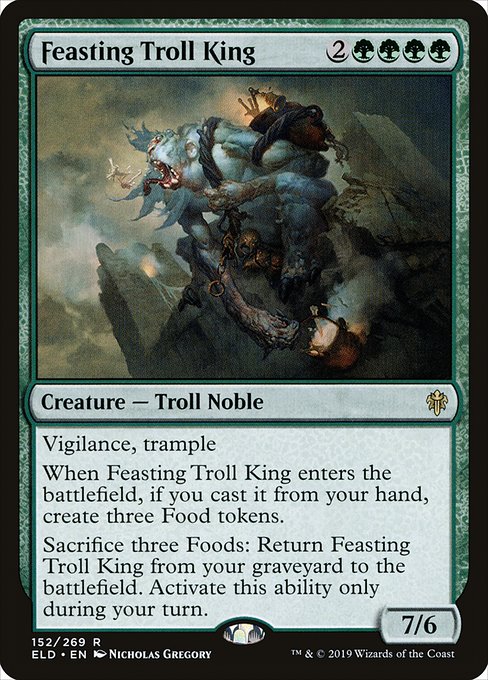
Feasting Troll King
-
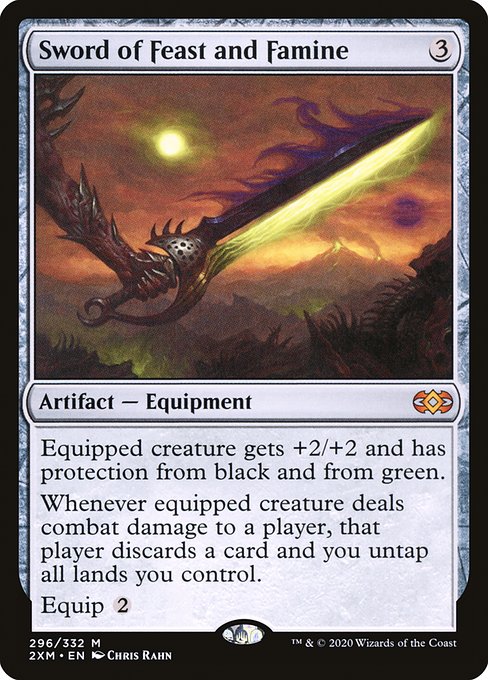
Sword of Feast and Famine
-
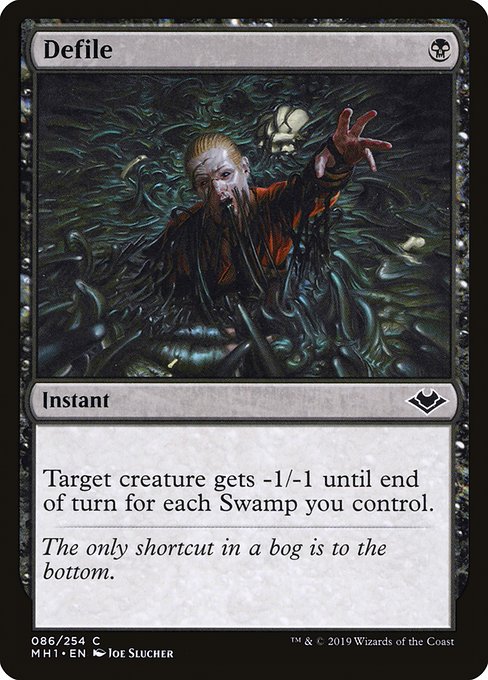
Defile
-
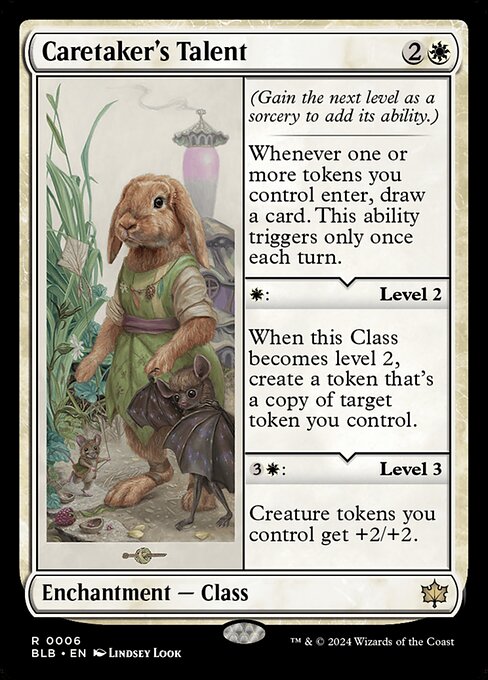
Caretaker's Talent
-
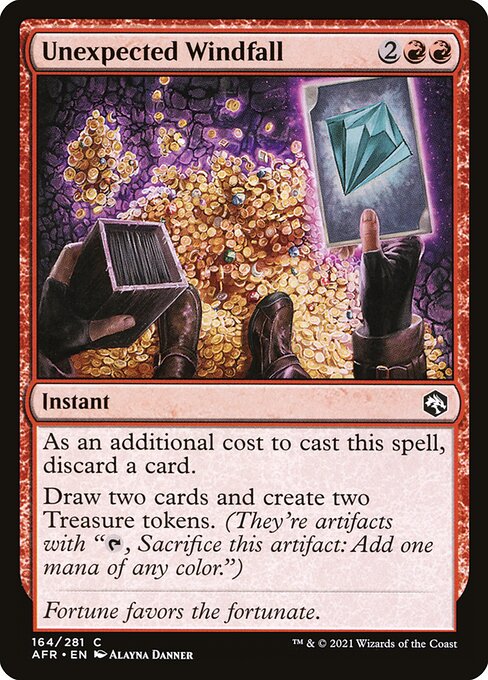
Unexpected Windfall
Gameplay Summary
The game began with all four players casting their commanders early, setting the stage for a classic vanilla creature battle with minimal complex interactions.
Early turns featured ramp and mana development, with notable plays including Walking Atlas for mana acceleration and Sol Ring enabling faster deployment of threats.
The first major combat interaction involved Tyrox dealing commander damage and a Markov Blademaster growing through combat, signaling an aggressive red strategy focused on commander damage.
Meanwhile, the mono-black player leveraged infect creatures and removal spells to threaten opponents with poison counters, creating a tense atmosphere as infect damage quickly became a primary concern. As the game progressed, the white deck demonstrated token generation with Hairparent, threatening to overwhelm opponents with wide boards, while the blue deck focused on card draw and artifact cost reduction, enabling equipment like Sword of Feast and Famine to boost its commander’s effectiveness.
Key moments involved the black player removing dangerous creatures to clear a path for infect damage, forcing opponents to shift their strategic priorities.
The interaction between token production, infect threats, and commander damage created dynamic tension, with players carefully managing blockers and removal to survive the escalating board state. The game’s turning point came as infect damage quickly mounted, forcing the group to prioritize eliminating that threat, while other players aimed to push through commander damage or board presence.
The interplay of straightforward vanilla creatures, yet with underlying synergies like double strike, infect, and token generation, made for an engaging and fast-paced match.
The eventual win condition centered on dealing lethal damage through a combination of infect and commander damage, underscoring the potency of seemingly simple creatures when combined with strategic play and timely removal.


